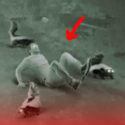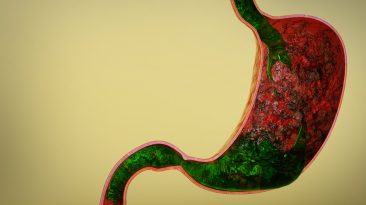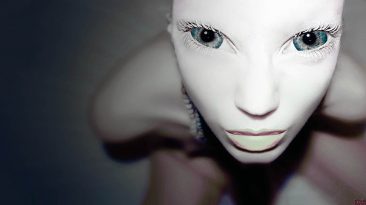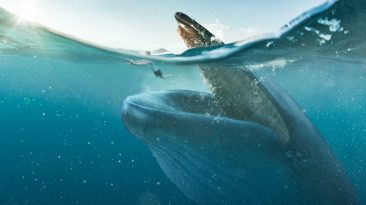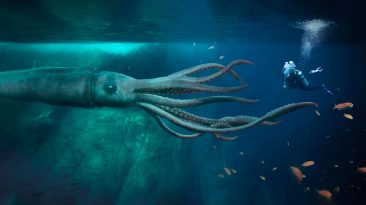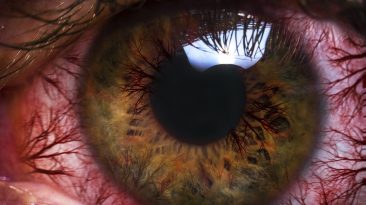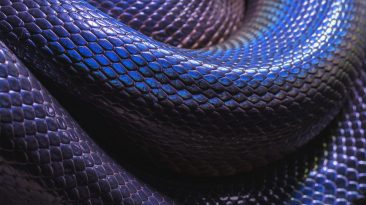Have you ever wondered how starfish and salamanders have the ability to grow back missing limbs? If humans could somehow replicate this ability, amputations and even wheelchairs could become a thing of the past.
How could gene sequencing help us regenerate our limbs? What species could help us unlock our hidden genetic abilities? How would society change if limb regeneration became a reality?
There are more than 1 million limb amputations globally each year. Around one every 30 seconds. And though we can’t fully grow back our arms and legs, surprisingly, humans have the ability to heal and even fully replicate damaged cells in the womb within the first eight weeks of fetal development.
But as we age, this healing process becomes more difficult. So, is there any way we can get this superpower back later in life? To help unlock these abilities, geneticists are looking at the axolotl, a rare species of salamander, for answers. Known as the Mexican walking fish, the axolotl is the only fully aquatic salamander. It has the largest genome ever sequenced from an animal, making it incredibly valuable for genetic research.
While regular salamanders have the ability to grow back limbs, that’s mere child’s play to the axolotl. It can regenerate ovaries, lung tissues, eyes, and even parts of their brain and spinal cord.
What’s even more incredible is that they manage to grow back all these organs without any scarring, as if they were perfect replicas. In fact, they can regenerate the same limb up to one hundred times, making them practically invincible. So, how exactly can we heal ourselves like a salamander?
Well, using the genetic sequencing CRISPR-Cas9 technology, we might be able to edit the human genome to have limb growing capabilities. CRISPR has been used to cure genetic deafness and treat sickle cell anemia in mice, and even to create mushrooms that don’t brown as easily.
However, this technology has yet to be perfected and can be potentially dangerous to humans. By physically editing our DNA, we could inadvertently trigger cancer if genes regulating cell growth are tampered with.
Nevertheless, geneticists are hopeful that one day we could resequence our DNA to heal ourselves. This is especially plausible as humans share two genes with salamanders involved in tail regeneration, called the catalase and FETUB genes.
Although we have both genes in common, ours don’t act in the same way as they do for salamanders. For instance, the FETUB gene in humans regulates bone resorption and insulin levels, and the catalase gene helps protect cells from oxidative damage. Quite a difference from growing tails. However, both salamanders and humans can form stem cells, which have the unique ability to grow into many different types of cells. Geneticists believe that humans could one day fully reprogram these stem cells as salamanders do. Nerve damage from diseases like Alzheimer’s would be reversible, and even the blind could repair their optic nerves to see again. The possibilities are limitless.
Yet from an ethical standpoint, many people may not support the idea of ‘playing God’ with our bodies. And it’s possible that this technology would be limited to the ultra-rich, giving the wealthy an unfair leg-up in life. Sorry, mind the pun. I kind of went out on a limb there.
This could lead to more risk-taking behavior, like juggling knives, breathing fire, or jumping off cliffs. If danger is your middle name, well, you might be in luck. But don’t get your hopes up. This wouldn’t be a cure-all for everything. We’d still grow old. Though it would definitely help us live longer, healthier, and more ‘radical lives, man’.
In order for us to crack the axolotl’s secrets, there’s still much research to be done. As an endangered species, the axolotl and other regenerative animals should be protected at all costs.
Sources
- “Frequently Asked Questions About Stem Cell Research”. 2021. Mayo Clinic.
- “The secret to regeneration? Scientists say it lies in the axolotl genome.”. Matt, Davis. 2020. Big Think.
- “A simple guide to CRISPR, one of the biggest science stories of the decade”. 2018. Vox.
- “Regeneration: The Axolotl Story”. Manly, David. 2011. Scientific American Blog Network.
- “Regeneration: What the axolotl can teach us about regrowing human limbs”. 2018. Science In The News.
- “Complete Axolotl Genome Could Reveal The Secret Of Regenerating Tissues”. Joshua Rapp Learn. Smithsonian Magazine.
- “Diabetes And Amputation: What To Know”. 2021. medicalnewstoday.com.









